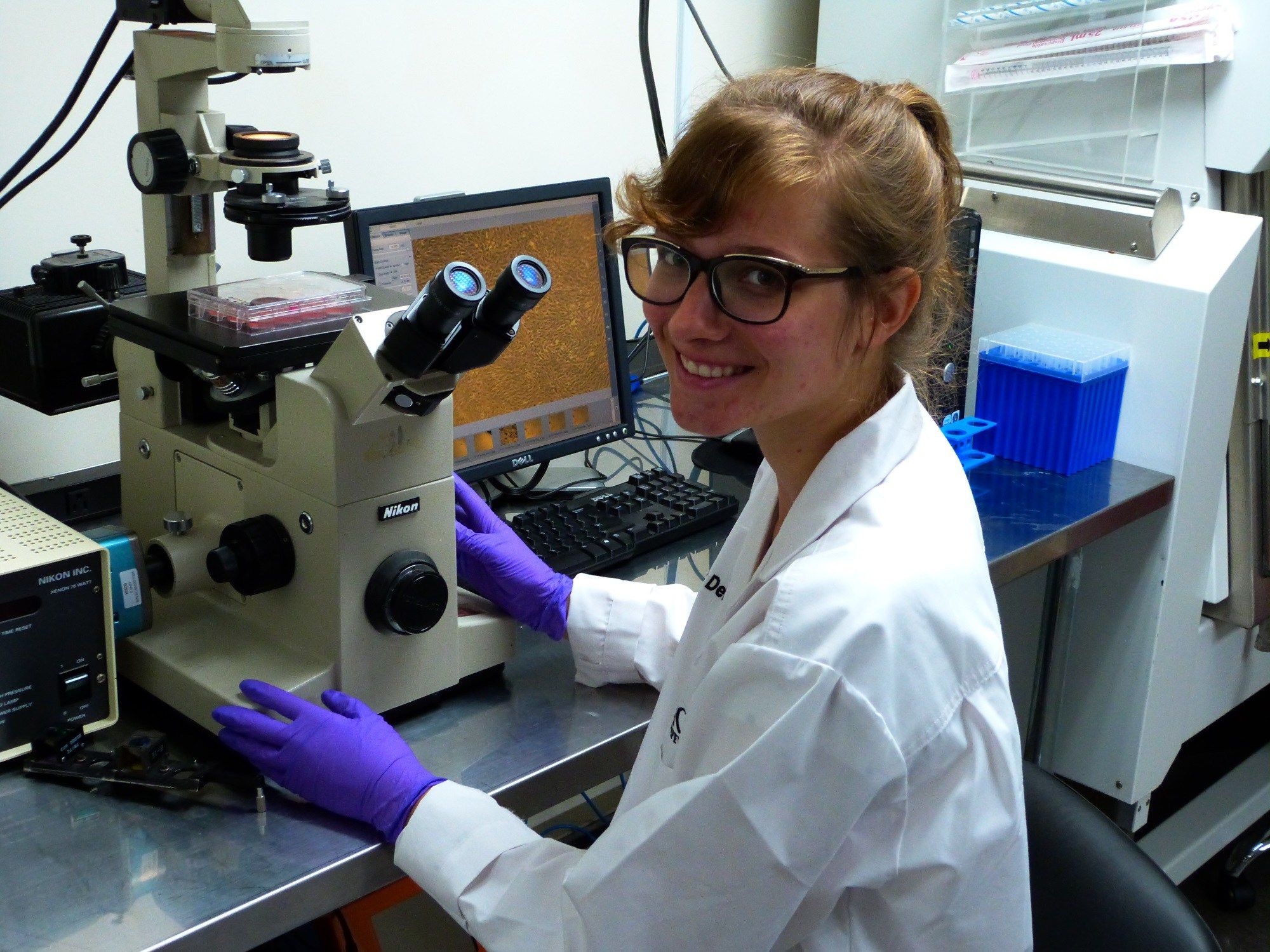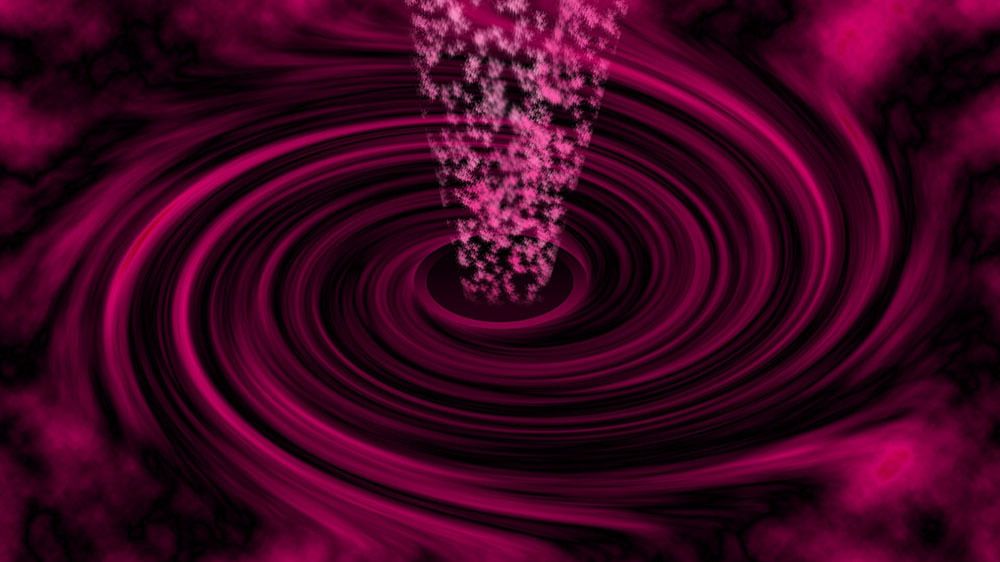http://deepspaceindustries.com/prospector-1/
Prospector-1, the world’s first commercial interplanetary mining mission, will fly to and rendezvous with a near-Earth asteroid to determine its value as a source of space resources.
The destination asteroid will be chosen from a group of top candidates selected by the world renowned team of asteroid experts at Deep Space Industries. Once the spacecraft arrives at the asteroid, the autonomous spacecraft will map the surface and subsurface, taking visual and infrared imagery and mapping overall water content. With the initial science campaign complete, Prospector-1 will use its water thrusters to gently touch down on the asteroid, measuring the target’s geophysical characteristics.
Prospector-1 is a small spacecraft that strikes the ideal balance between cost and performance. In addition to radiation-tolerant payloads and avionics, all DSI spacecraft use the Comet line of water propulsion systems, which expel superheated water vapor to generate thrust. Water will be the first asteroid mining product, so using water as propellant will provide future DSI spacecraft with the ability to refuel in space.
Animations and Art Direction by Bryan Versteeg: http://www.spacehabs.com/
Video by Subtractive: https://www.youtube.com/user/subtractive




